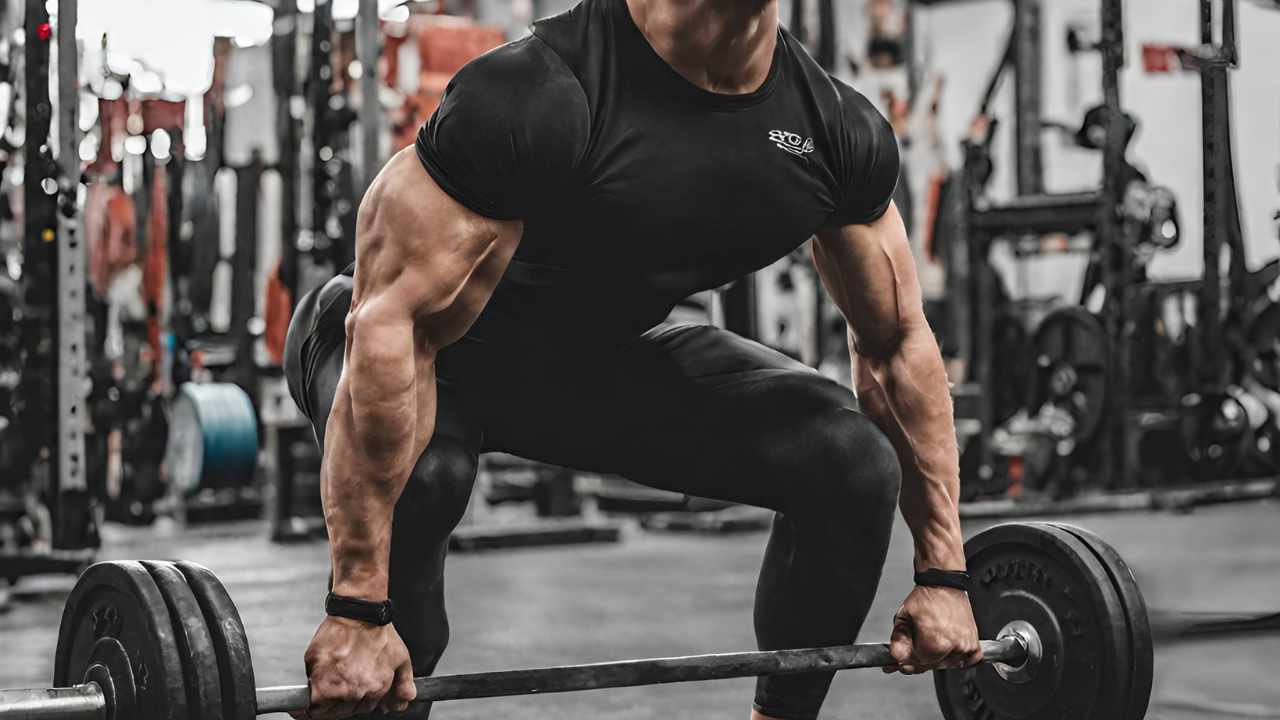“Do you at times wonder, ‘Why is my squat so weak compared to deadlift?’’” Many people go through a similar experience. This is one of the most common dilemmas for fitness enthusiasts and athletes during their training. Having such a difference in strength in two basic exercises can be disappointing. However, we will discuss why this happens and give insights on how to bridge that gap.
For those who love hitting the gym and seeing what they are capable of, no other exercise comes close to the power combo of squats and deadlifts. However, some may feel that their squat numbers are inferior compared to their deadlift ones. In order to improve your overall strength and performance levels, knowing why your squat might not be as strong as your deadlift could be key. Let us delve more into this intriguing matter in this blog post.
Why is Your Squat so Weak Compared to Deadlift?
Have you ever asked yourself why you cannot squat as well as you deadlift? This question is often puzzling to many fitness enthusiasts. Let us now try to reveal why such discrepancies exist and how they can be dealt with at best.
- Biomechanical Differences: Squats primarily target the quadriceps and core, while deadlifts emphasize the posterior chain muscles.
- Individual Body Mechanics: Leverages and limb lengths can impact squat and deadlift performance.
- Training Focus: Inadequate attention to squat-specific exercises and variations.
- Core Strength and Stability: The importance of a strong core in both lifts.
- Mobility and Flexibility: The role of mobility in achieving proper squat depth.
- Mental Approach: Confidence and mindset influence lifting performance.
- Recovery and Overtraining: Balancing rest and avoiding overtraining.
- Professional Guidance: Seeking advice from fitness professionals for personalized solutions.
Biomechanical Differences
The dissimilar muscle recruitment patterns of squats versus deadlifts are imperative in terms of the difference witnessed in strength between the two lifts. Squats have a target for quadriceps, hamstrings, and core stability, while deadlifts direct attention to the erector spine, glutes, and traps. These biomechanical nuances can help improve your squat performance relative to your deadlift.
Individual Body Mechanics
Individual differences in levers employed, limb lengths, and joint angles affect one’s ability to perform squats and deadlifts properly. Biomechanics may differ based on variations in femur length, torso ratio, or even arm span, which determines which lift feels stronger than the other. It becomes possible to optimize both exercises by adjusting techniques whenever your body mechanics change.
Training Focus
Weaknesses might result from ignoring squat-specific exercises or failing to prioritize squat variations in a training program when compared with a person’s deadlift strength. Treating front squats, pause squats, and box squats equally with the way it is done on deadlifting will address weak points and enhance overall lower body strength.
Core Strength and Stability
Within the context of weightlifting activity like squats or any other movement involving big weights being lifted from the ground up through partial range motions, create the better bracing ability for low back compression forces addressing such factors as lumbopelvic control through stiffening of abdominal muscles around deep lumbar spine region will allow us to achieve better positioning during heavy lifting activities that need maximal bracing abilities for individuals whose t-spines do not have enough posterior tilt since they are likely to need more bracing at their chest cavities; where there is no bending of knees while squatting.
Mobility and Flexibility
To achieve the correct squat depth, we need to ensure sufficient mobility in all joints involved, including the thoracic spine, hips, and ankles. Poor mobility in any of these areas might hamper how effectively you can do squats in order to improve your ROM, so incorporate mobility drills and stretching exercises into your warm-up routine.
Mental Approach
There are other factors that affect the performance of lifters, among them being confidence and mindset. Is it possible that fear or doubt causes one to fail during challenging squats as opposed to deadlifting? The mental strength required for squats entails visualizing successful lifts with mindfulness towards each session’s beginning, as well as a positive outlook on exercise.
Recovery and Overtraining
Proper recovery practices are essential for strength development and performance improvement. Overtraining or inadequate rest between sessions can hinder muscle recovery and progress in both squats and deadlifts.
Professional Guidance
If you have been wondering why your squat numbers lag behind those of deadlifts, or if you feel stuck in a plateaued training phase, it would be best to seek assistance from professionals in sports science and conditioning.
How Much Stronger should your Deadlift be Compared to Squat?
When comparing the strength of your deadlift to your squat, there isn’t a fixed ratio that applies to everyone. However, in general, your deadlift should be stronger than your squat. This is because the deadlift typically involves lifting more weight than the squat due to the nature of the movement.
While individual differences in body mechanics, muscle fiber distribution, and training focus can influence the ratio between the two lifts, a common guideline is that your deadlift weight should be around 1.5 to 2 times higher than your squat weight.
It’s important to remember that strength ratios can vary among lifters, so focusing on progressive overload and improving your overall strength should be the primary goal rather than getting fixated on a specific ratio between your deadlift and squat weights.
Final Words
Seeking professional guidance and incorporating personalized solutions can also be beneficial for individuals experiencing this discrepancy. By focusing on proper technique, individualized training programs, and adequate recovery, it is possible to work towards improving strength in both the squat and deadlift, ultimately enhancing overall performance and fitness levels.

